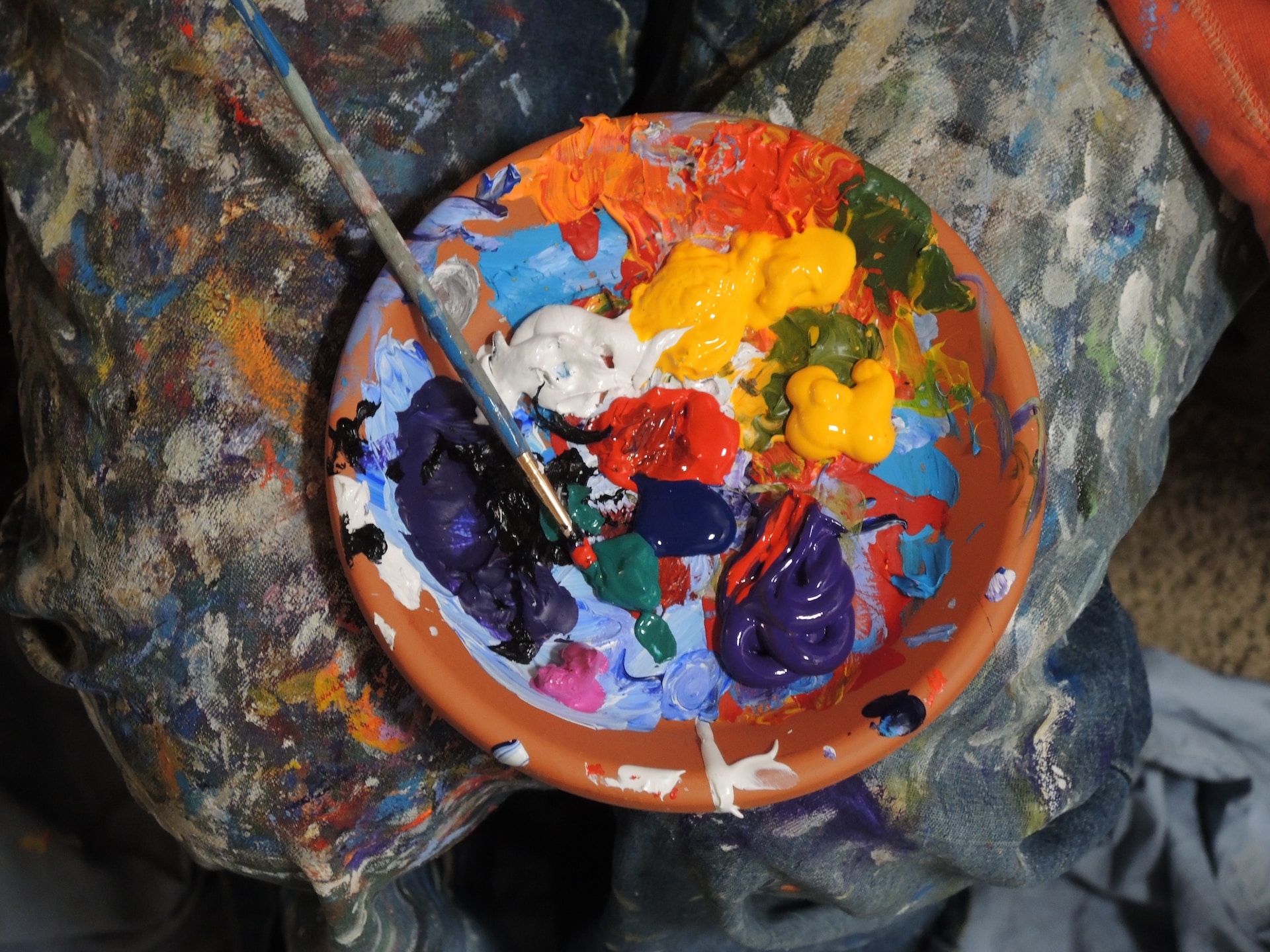
The Wicked Halo blog educates people about fine arts
Wicked Halo is a blog that celebrates the beauty of art and its versatility in humans’ lives. From traditional visuals, like painting and sculpture, to digital expressions such as photography and graphic design – it’s all here on Wicked Halo! The bloggers feature interviews with inspiring creators from around the world, showcase amazing pieces of art, provide helpful tips and advice from experts in the field, and even have a store where readers can purchase prints for their collection. Art has been around for centuries and has been used to express emotion and tell stories in a variety of different cultures. From the oldest cave paintings to the newest digital forms, its evolution tells an interesting story about how humans have created their own culture over time.
Art from ancient times to the 20th century
Ancient art is one of the most fascinating and awe-inspiring forms in the world. From Egyptian hieroglyphics to Greek sculptures, they have a deep cultural significance that has been respected for centuries. Ancient art often used symbolism to communicate messages or tell stories, making it an important source of information about past cultures and civilizations. For example, Ancient Greek pottery often featured mythological figures and scenes from popular stories, giving us insight into the religious beliefs and values of the time.
It wasn’t until the 16th century that art began to take new shape in the form of painting and sculpture, with masters such as Michelangelo, Leonardo da Vinci, and Rembrandt. In the 19th century, Impressionism ushered in a new era of creations that focused on light and brush strokes rather than precise detail. This then developed into Post-Impressionism which saw the introduction of abstract expressionism, which has since been adopted by many modern artists.
Moving into the 20th century, art began to take its evolutionary path with a greater focus on technology and new media forms such as photography, video, and interactive installations. This has resulted in a wider range of styles being explored, from Pop to Street Art, with each creator bringing their unique perspective.
Art in the 21st century
As humanity moves through the 21st century, new digital technologies have allowed people to explore art in a way that was never before possible. This has led to the emergence of digital forms such as 3D modeling and animation, virtual reality, and augmented reality. With these tools, creators make stunning visuals that can be interacted with and shared with viewers around the world. The evolution of art over time has allowed us to explore our creativity and share stories in a variety of different ways. From humble beginnings to modern masterpieces, it is constantly evolving, inspiring future generations of creators and allowing them to explore new ideas.
Creations of digital times
The Internet and digital media have exploded, allowing artists to instantly share their work with thousands of potential viewers around the world. Social media platforms such as Instagram, Twitter, and Tumblr have also been instrumental in helping promote works, connecting fans and collectors alike with works they may never have seen before. Art has become more accessible, allowing a larger audience to appreciate and be exposed to works they may not have been able to in the past.
The increased visibility of creations in today’s society has also opened up opportunities for young aspiring talented people to showcase their work in contemporary galleries or online exhibitions, helping them get recognition and exposure they may not have had before. In addition, new technology has allowed artists to make artworks in innovative ways, using 3D printing, augmented reality, and artificial intelligence. This has also made art more accessible to those without the traditional skills or knowledge required of traditional visual examples.
Can NFT be considered art?
The question of whether NFTs (Non-Fungible Tokens) can be considered art is a complex and controversial topic. While NFTs are digital tokens that represent ownership of digital assets, they can also represent unique and original pieces of artwork. Some argue that the process of creating an NFT involves a level of creativity and artistic expression, making them a form of digital art. However, others argue that NFTs are not truly art, as they do not have the physicality and presence of traditional artworks. Ultimately, the definition of art is subjective, and whether NFTs can be considered art is up to individual interpretation.